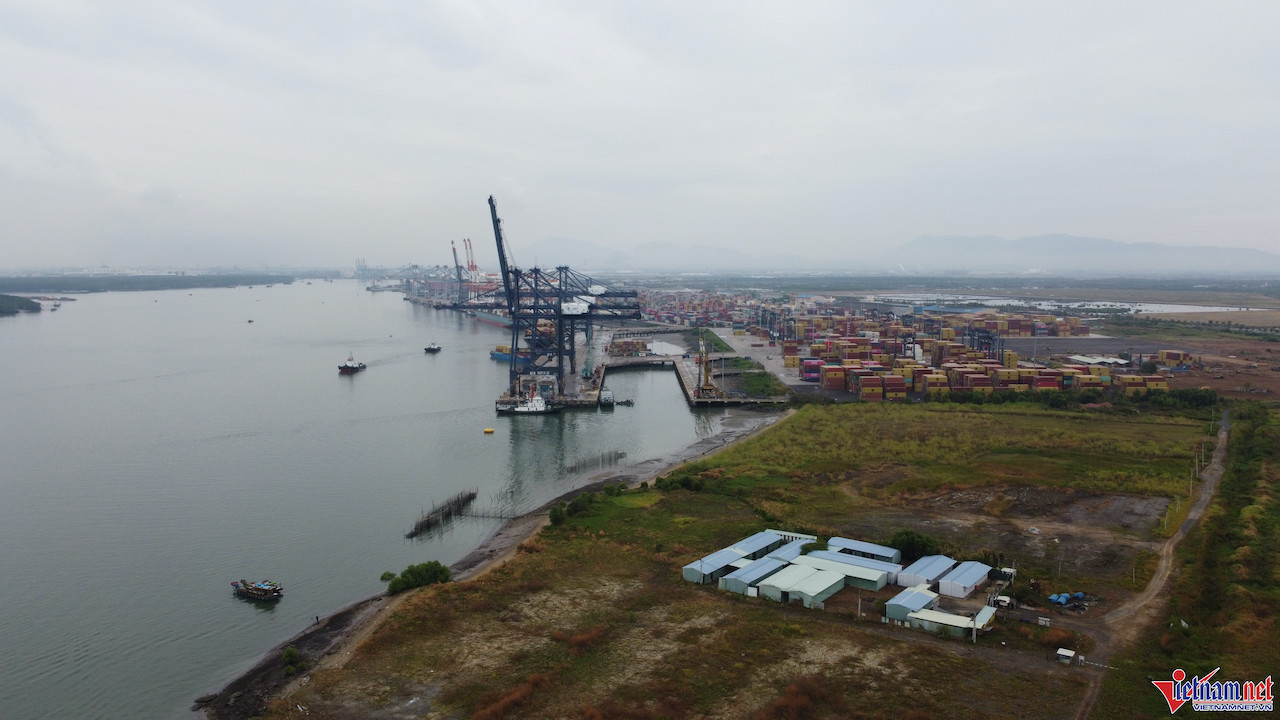
The Ministry of Construction has officially approved the detailed development plan for the Ho Chi Minh City seaport region for the period 2021-2030, with an estimated investment of over 77.4 trillion VND (approximately USD 3 billion).
The approved plan includes the following port zones: Cat Lai - Phu Huu, Saigon River, Hiep Phuoc, Nha Be, Long Binh, the international transshipment port in Can Gio, potential port sites in Can Gio district, floating berths, and anchorage zones for waiting, storm shelter, and emergency avoidance.
By 2030, the Ho Chi Minh City seaport system is expected to handle between 228 million and 253 million tons of cargo (excluding international transshipment containers), and between 170,600 and 184,400 passengers.
The system is projected to include 41 to 44 port terminals with a total of 89 to 94 wharves, spanning a combined length of 16,588.2 to 18,588.2 meters (excluding additional port structures).
Looking ahead to 2050, the plan projects an average annual growth rate of 3.5% to 3.8% in cargo throughput, and 0.9% to 1.0% in passenger volume.
As part of the infrastructure strategy, the plan outlines continued investment in the Can Gio international transshipment port, which, together with the Cai Mep - Thi Vai ports, will form a major regional and international transshipment hub. The plan also includes the relocation of Saigon River ports to align with Ho Chi Minh City’s urban development goals.
The total capital demand for the port system by 2030 is estimated at 77.452 trillion VND (USD 3 billion), including 2.952 trillion VND (USD 114 million) for public maritime infrastructure and 74.5 trillion VND (USD 2.88 billion) for port terminal investment, specifically for commercial cargo handling services.
N. Huyen